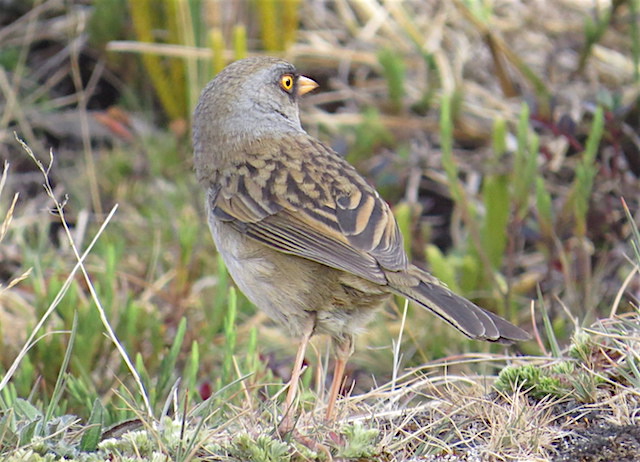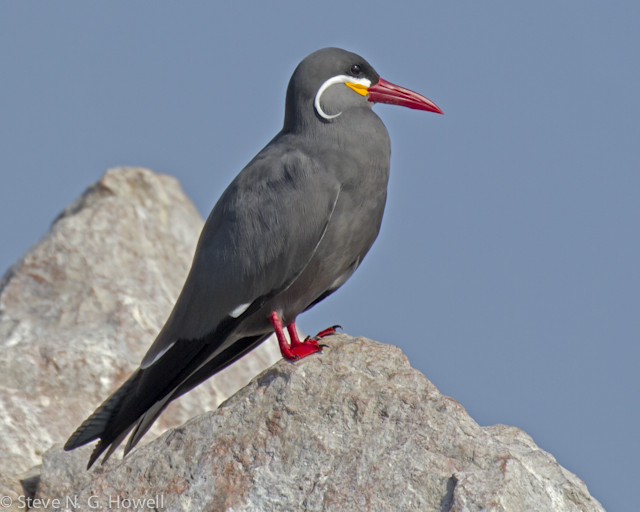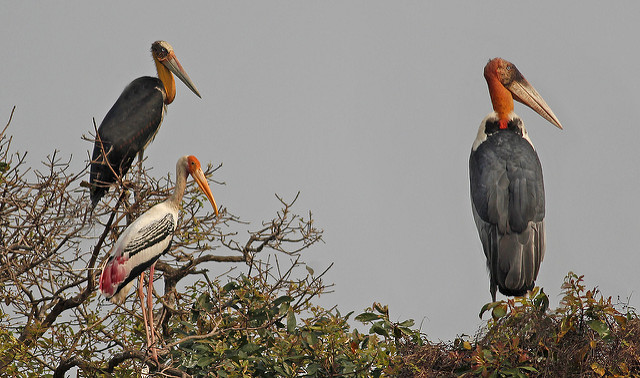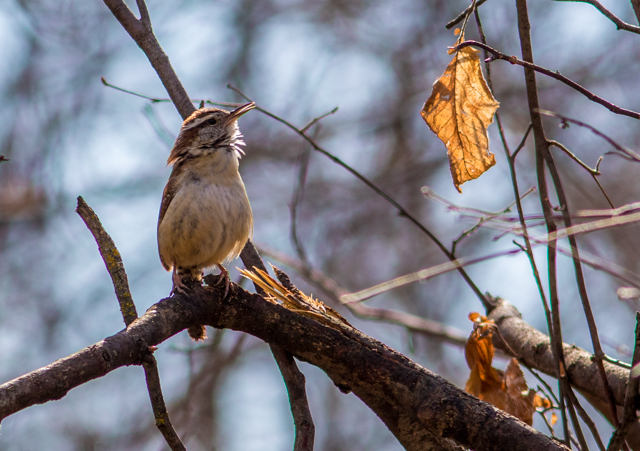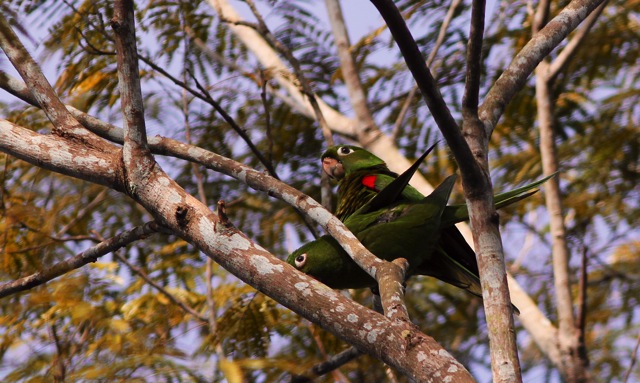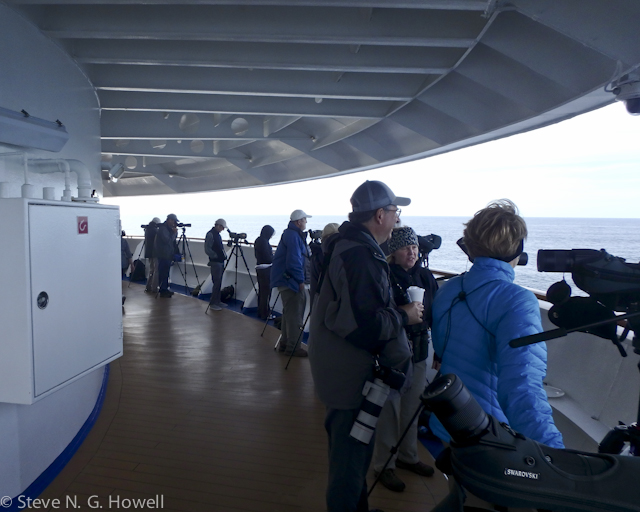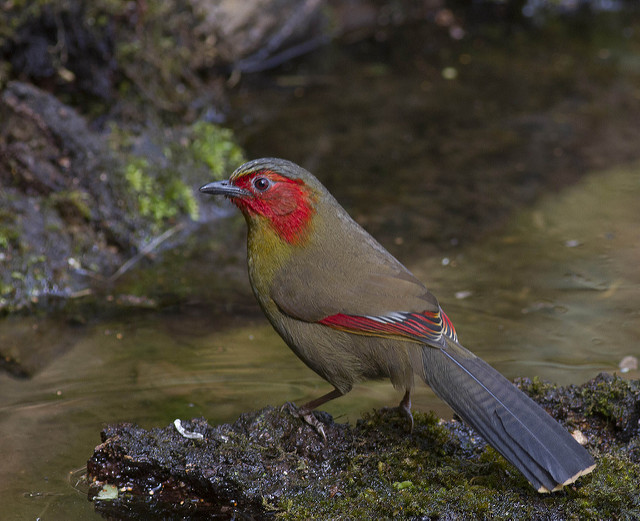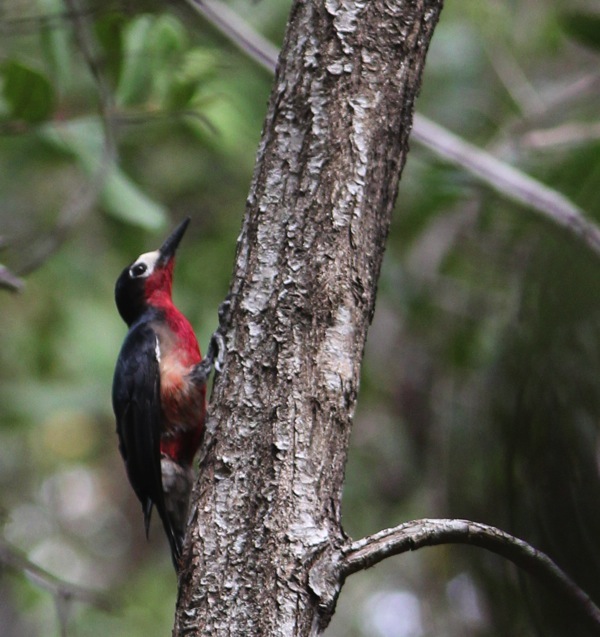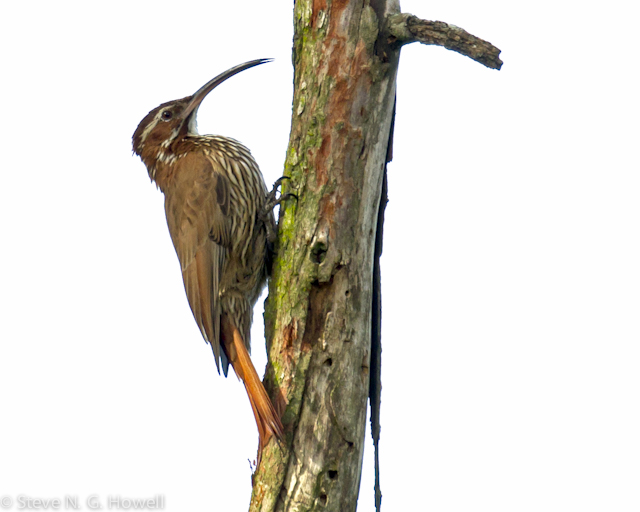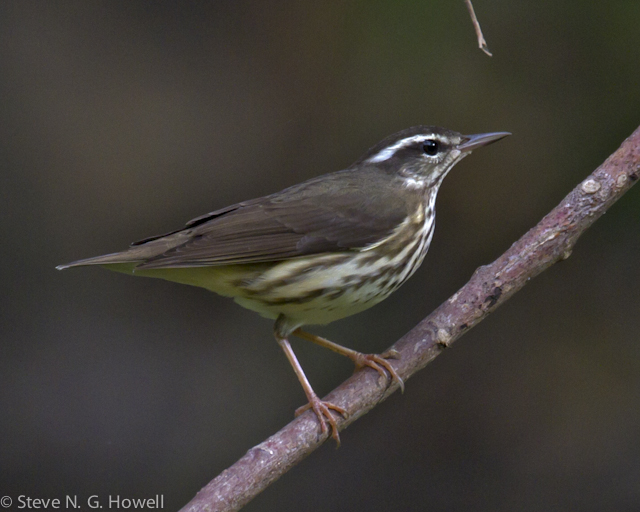Reports From the Field
Apr 2, 2016
Fabrice Schmitt and Steve Howell on their just-completed cruise, Valparaiso to Los Angeles
Mar 21, 2016
Fabrice Schmitt and Steve Howell on their just-completed Buenos Aires to Valparaiso cruise.
Mar 10, 2016
Fabrice Schmitt and Steve Howell with a brief note on their pre-cruise tour to Iguazú Falls.
© 2025 WINGS Birding, Inc.
